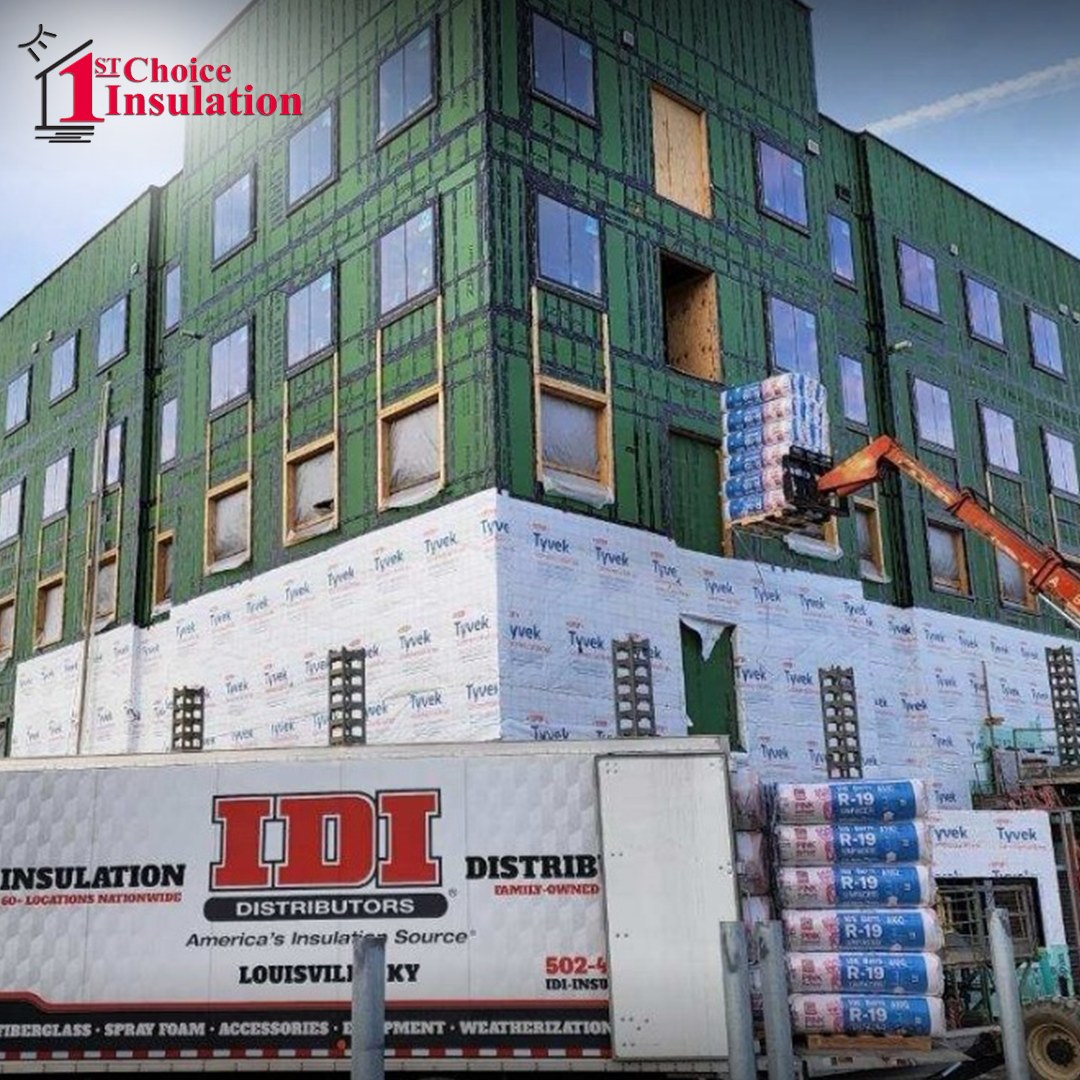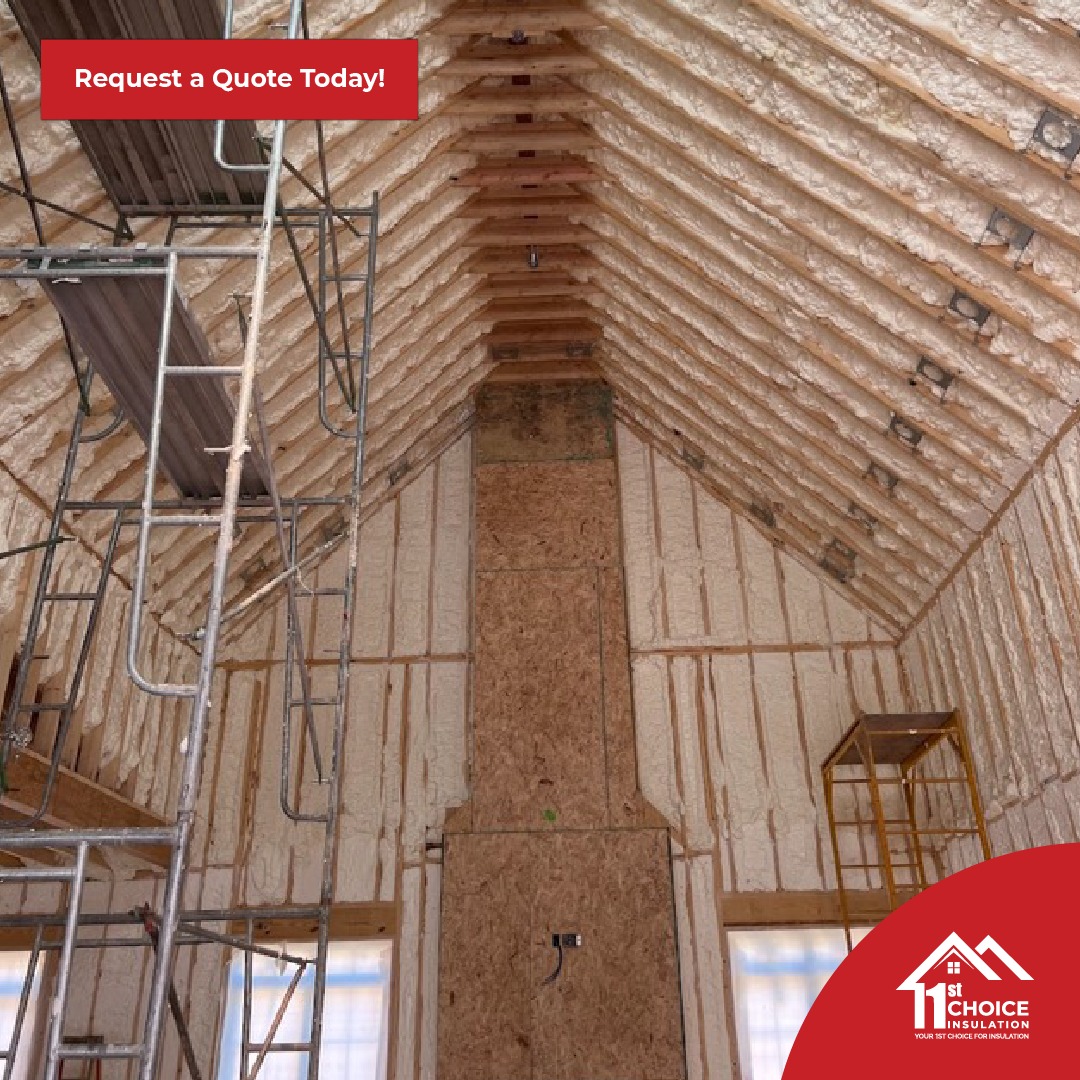Importance of Insulation for Commercial/Multi Buildings
The role of insulation is to prevent the migration of air from warmer spaces to cooler ones. This is a very simple concept that affects both commercial and residential buildings in several significant ways.
- Helps maintain indoor comfort: A well-insulated building will be much more comfortable than one that is poorly insulated. Without commercial insulation, heat can escape the structure in the winter and enter during the summer. With the proper amount of insulation, this transfer of heat will be reduced or eliminated and your indoor spaces will stay at the temperature you prefer.
- Reduces heating and cooling costs: To keep up with temperature variations in a poorly insulated structure, your furnace, air conditioner, heat pump, or boiler will have to work overtime. Your HVAC equipment will have to provide extra cooling or heating to compensate for the loss or addition of heat, depending on the season. Not only will you lose the energy you’ve already paid for to create heating or cooling, but you’ll also have to pay for more energy to make up for the loss. This will lead to significant waste of energy and money.
- Decreases wear on HVAC systems: As HVAC systems work overtime to compensate for the effects of limited insulation, they will experience more wear and tear than they would under better circumstances. This will increase the chances of a system malfunction or breakdown and the need for a costly repair. It will also shorten the functional life of the equipment, making it likely that a complete replacement will be necessary sooner than normal. The effectiveness of insulation is determined by its R-value, which is a measure of how well it resists the flow of heat. Different areas of the country require different R-values to achieve minimum insulation levels. Higher R-values mean more effective insulation.


Types of Insulation for Commercial/Multi Buildings
Fiberglass Blanket
This is a common type of insulation that many people are familiar with. It consists of layers of fiberglass stacked together to make a thick layer, or blanket, of insulation. The blanket is usually sandwiched between two thick pieces of paper or cardboard. Blanket, sometimes called batt or roll insulation, is usually placed between wall and floor joists and beams.
Fiberglass Board
Rigid fiberglass board insulation is often used to insulate HVAC ductwork. These ducts are made of a thin metal material that can easily lose heat from warm air or allow cool air to warm up. Board insulation stops this process and saves both energy and money.
Rock Wool
Rock wool (or mineral wool) insulation is made from a high-density mineral wool and is commonly used to insulate pipes. Blanket-style insulation made from the same material can be wrapped around pipes, water heater tanks, or other features that need good insulation.
Spray Foam
Spray foam insulation is a semi-liquid material that can be easily sprayed into areas using pressurized equipment. When the foam dries, it becomes lightweight but dense, forming an effective seal against air leaks and providing excellent insulating qualities.
Blown In Insulation
Blown In insulation is often made of cellulose or fiberglass pellets. This insulation is also sprayed into areas such as floors and wall cavities. It is particularly effective for insulating areas with unusual shapes or that are difficult to reach with other types of insulating material.

Hours
Monday 8 AM – 4 PM
Tuesday 8 AM – 4 PM
Wednesday 8 AM – 4 PM
Thursday 8 AM – 4 PM
Friday 8 AM – 4 PM
